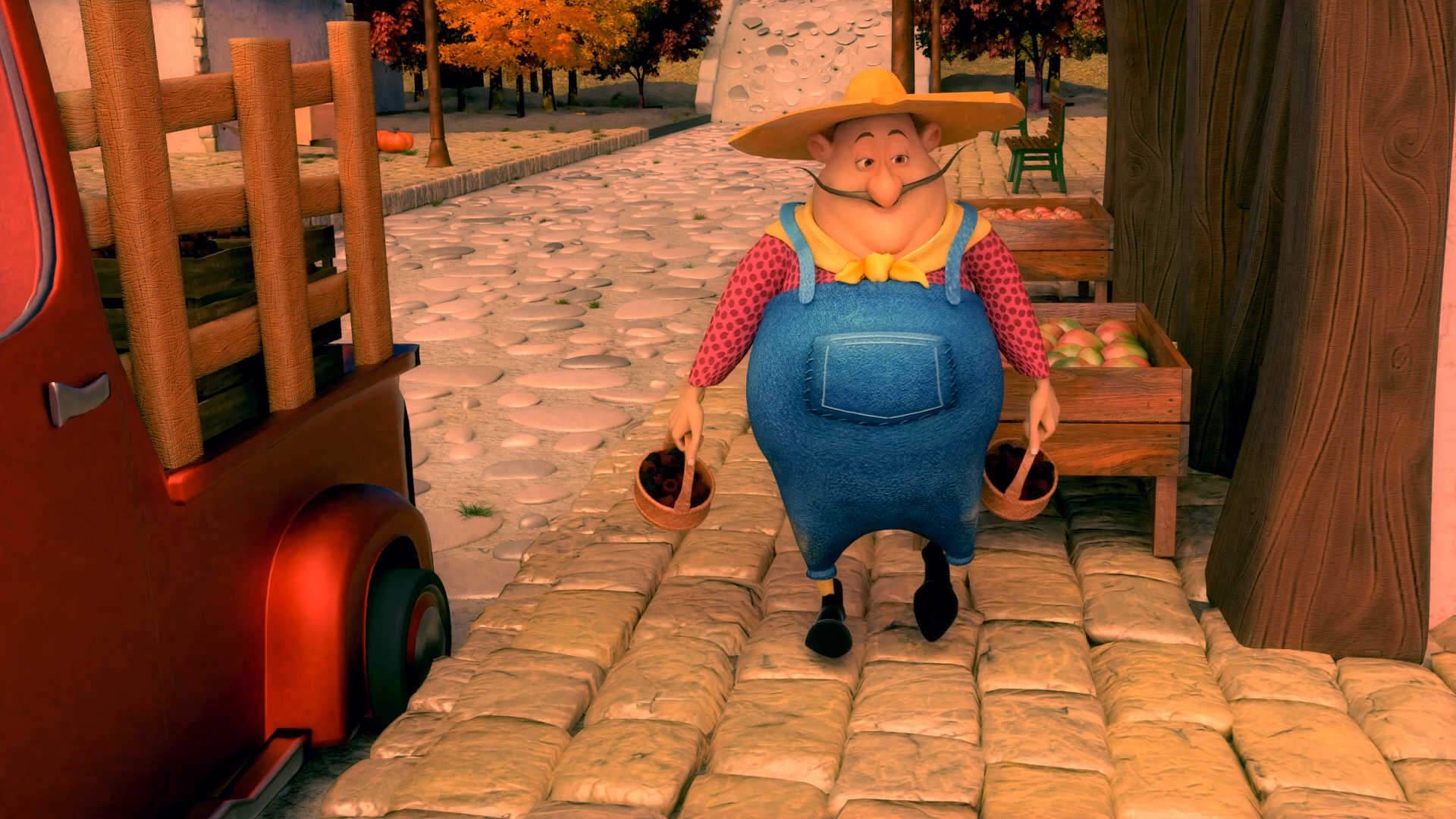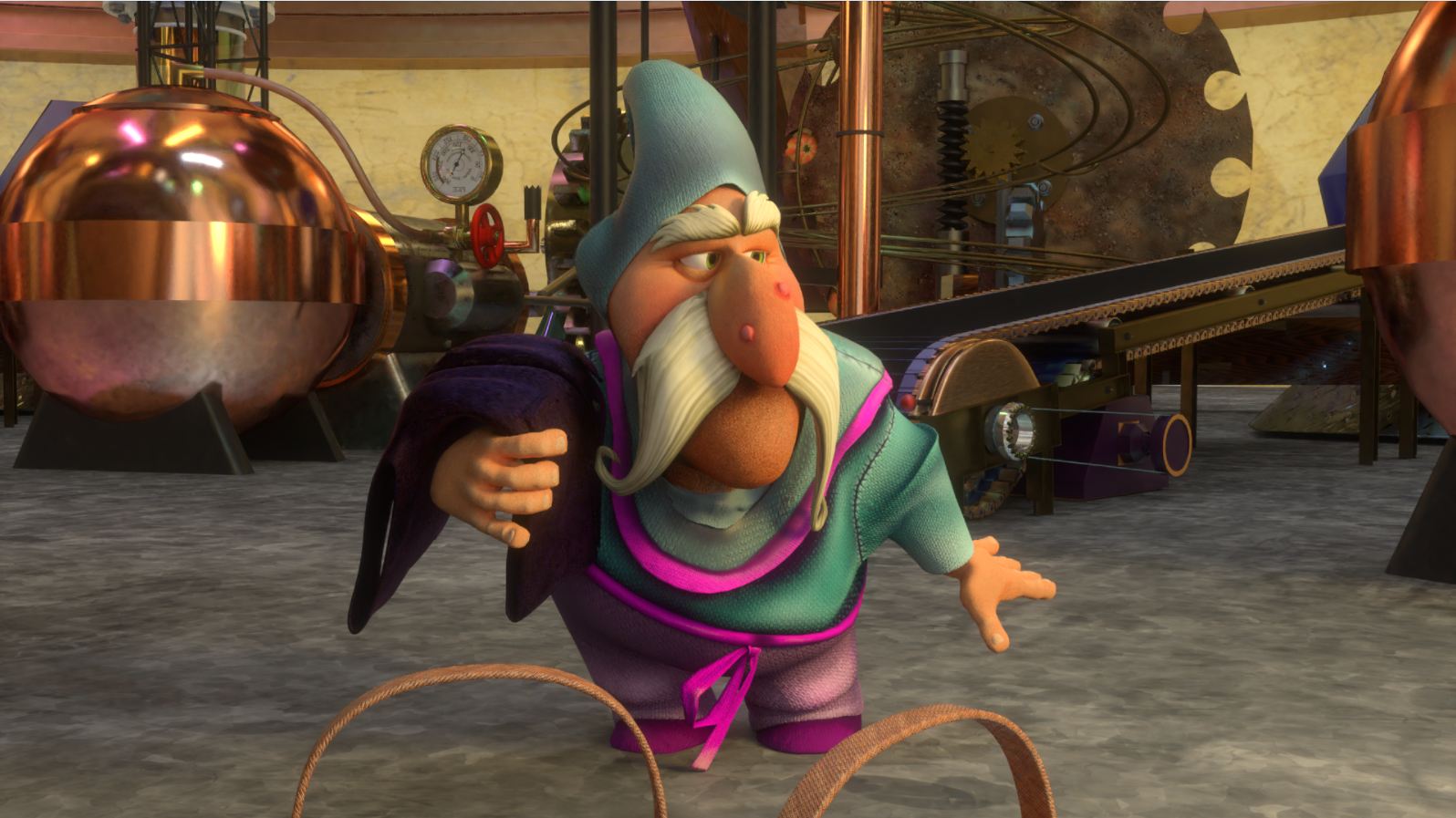Introduction
With this third part of Moravilla’s devlog we will talk about a fundamental process which lasted around a month and a half, I am referring to 3d Modeling. If you want to read the rest of our logs you can enter the news section.
The first point when starting a 3D model is to find out the most convenient workflow, for this you have to take into account the two types of 3d modeling: organic and inorganic. The organic refers to any object found in nature or has a softened and alive look, as an example in Moravilla there were the 4 characters; the shopkeeper Esperanza, the farmer Eustacio, the hobo Don Guiñapo and the leprechaun Serafin. Inorganic modeling, on the other hand, refers to every object made by man, as in our case there were; houses, laboratory artifacts, accessories, the farmer’s truck, etc.
Here we share a few lines of the modeling process by two of our artists at Seashell Studio. The organic modeling of Esperanza by Israel Yépez and the inorganic modeling of the telescope catapult hybrid by Miguel Rodríguez.
Organic Modeling
by Israel Yépez
The characters, like other organic forms, are complex and may vary during the production of the short film. Looking to simplify problems, workflow can be divided into two phases; the modeling of objects with a high number of polygons also known as “high poly”, or low poly modeling. In the first phase for organic modeling we decided to use the high poly, where you can work the shapes, silhouettes and planes without worrying about over saturating the mesh in this particular model. There are several programs on the market designed to work with this type of model, such as zbrush or mudbox.
The next phase for organic modeling would be the retopology, using our high poly model as a base we generated a new model, this new model has the technical requirements necessary to be used in animation, an example would be the arrangement of the flow of loops to be deformed appropriately, to avoid the generation of areas of low polygonal density that can lead to errors with the smoothing method. Here you can see a clear example of the mouth made with correct and incorrect topology.
Inorganic Modeling
by Miguel Rodríguez
It was my task to make several of the props seen in the short, including the catapult telescope hybrid that is seen towards the end. Among other things, a concept had to be designed that met the Director’s requirements based on its preliminary design. The idea was to generate an interesting model that was in tune with the fantasy atmosphere of the short, so we decided to explore the steampunk aesthetic for this. Being a fan of the style for many years, it was not difficult to find references everywhere. After exploring several options, I began the 3d model by adapting the references to the proxy trying to keep the same measurements. Once the base of the object was finished, it was simply a matter of adding the intricate details that characterize steampunk aesthetics. And speaking of details, I recommend that you look closely at the front of the telescope, which is being held up by a sad little twig. Pure art.
This is the end of the third part of the development of Moravilla, if you want to follow more blogs you can subscribe by mail, or if it you find it useful please share and comment in the section below.
Follow us on our social networks:
https://www.facebook.com/SeashellStudiomx/
https://twitter.com/Seashell_Studio
Or contact us by mail:








